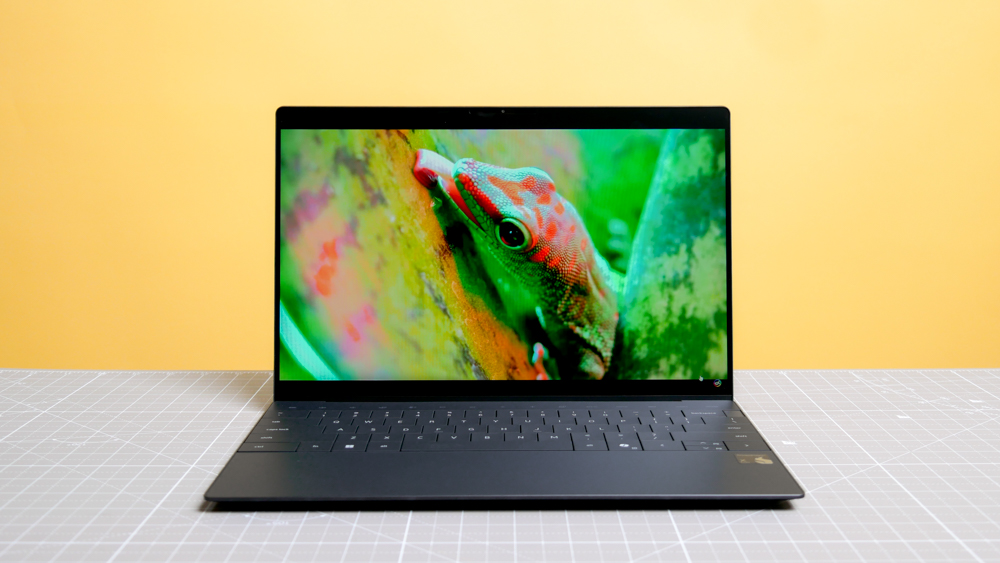Roku Streaming Stick Plus vs Google TV Streamer: Which streaming device is right for you?
Can Roku's affordable streaming stick stand up against Google's $99 model?
Streaming devices are a dime a dozen these days, with new iterations launching almost monthly. One such device is the newly released Roku Streaming Stick Plus, a budget, no-frills stick that offers excellent 4K 60fps performance for just $39.
But how does it stand against the $99 Google TV Streamer? Google's box launched in September of 2024 and is part of a broader effort to expand its Gemini AI platform across several new devices. It's also built with a thread board router, giving it extra legs for all things smart home.
Although both might be among the best streaming devices, lets see which one is actually worth your hard-earned dollar.

Roku's refreshed its original Streaming Stick Plus, giving it a new, slim design. It's equipped with loads of features, like Backdrops, Roku smart home compatibility and HDR10+ support. While it's one of the cheapest 4K streaming sticks, there are a handful of concessions here, like a lack of Dolby Vision support.
Pros
- Incredibly compact
- Uses TV for power
- Cheaper than most rival devices
Cons
- Remote requires batteries
- Doesn't fit behind every HDMI input
- No Dolby Vision and Dolby Atmos
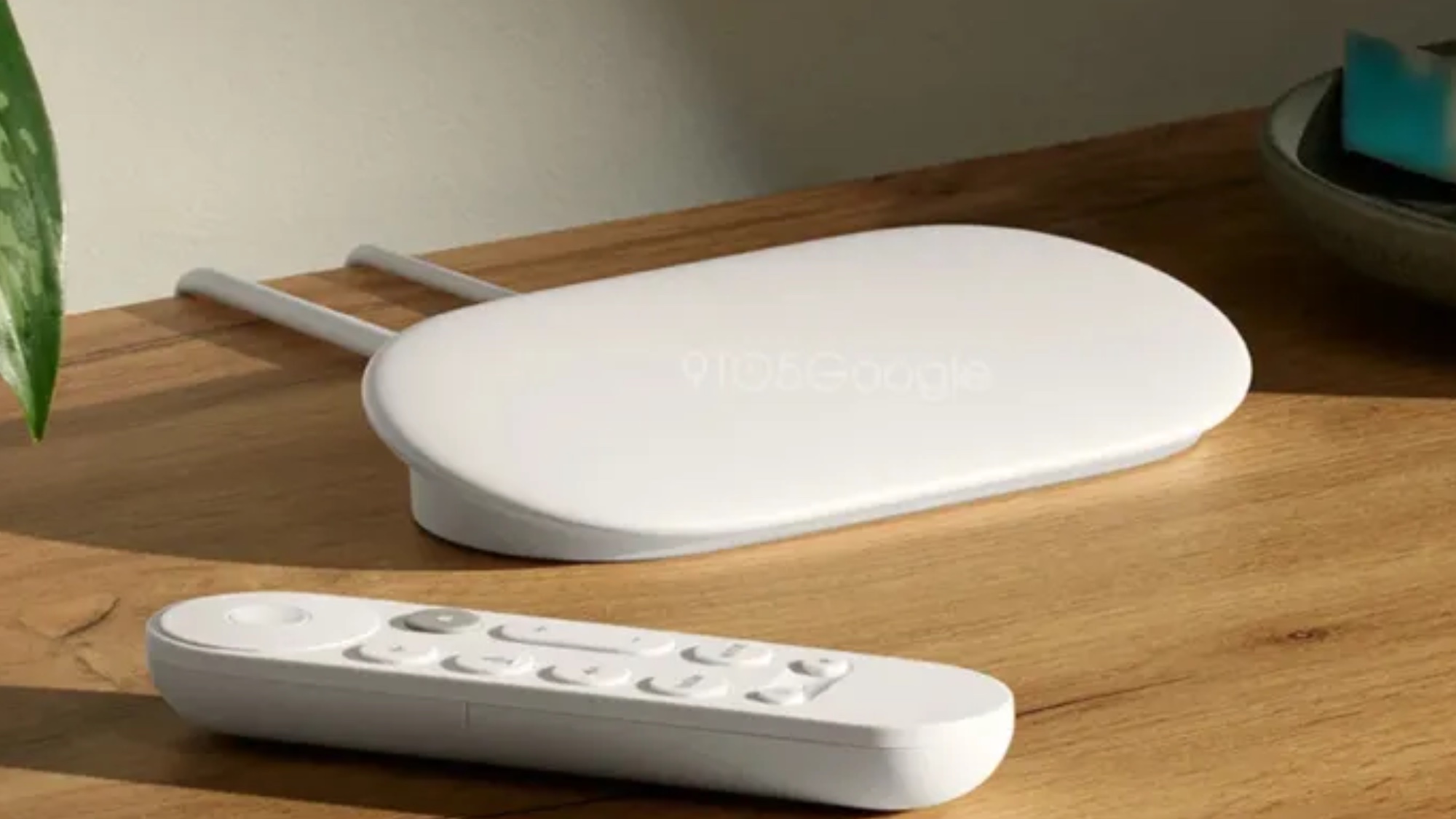
The Google TV Streamer is one of our favorite streaming devices for a reason. It's packed with tons of features, not only for streaming enthusiasts, but for smart home fans, too. It's equipped with 32GB of storage and an endless amount of streaming content.
Pros
- Enhanced smart home controls
- Redesigned remote
- Clever use of AI for screensaver
Cons
- Pricier than Chromecast with Google TV
- Can’t fit behind TV
Roku Streaming Stick Plus vs Google TV Streamer: Specs compared
| Header Cell - Column 0 | Roku Streaming Stick Plus | Google TV Streamer |
|---|---|---|
Resolution | Up to 4K/60fps | Up to 4K/60fps |
HDR | HDR10, HDR10+, HLG | Dolby Vision, HDR10, HDR10+, HLG |
Wi-Fi | Wi-Fi 5 | Wi-Fi 5 |
Smart TV software | Roku OS | Android TV OS |
Price | $39 | $99 |
Roku Streaming Stick Plus vs Google TV Streamer: Design
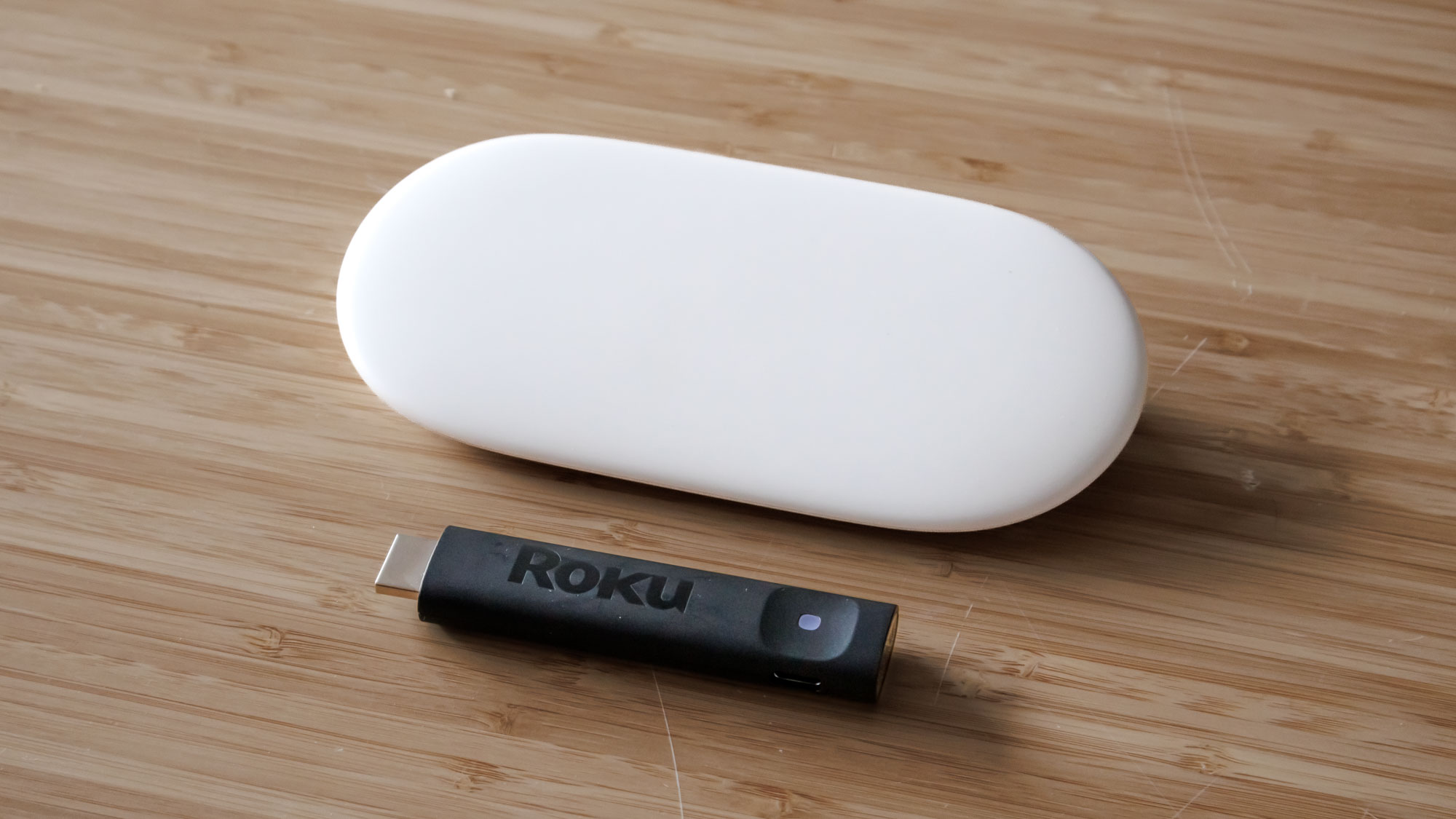
From a design standpoint, these two devices couldn't be further apart.
While Roku's is built to slot in nicely behind the TV directly in an HDMI port, the Google TV Streamer takes up more space on the surface nearest your TV.
If you’d prefer not to see wires dangling from the back of the TV, you could always try to secure the Google TV Streamer to the back of the TV in some way. However, even if you go this route, you'll still have to contend with the power cord. Unlike the Roku Streaming Stick Plus, Google's streamer can’t be powered by TV's USB port.
This is what makes the Roku model especially appealing for certain buyers. The fact that it’s so small, coming in just 35% slimmer than other streaming sticks in the market, makes it a convenient option. But, that doesn’t mean it can fit behind every port on the TV, and Roku does not provide an HDMI extension (nor does Google, for that matter).
Get instant access to breaking news, the hottest reviews, great deals and helpful tips.
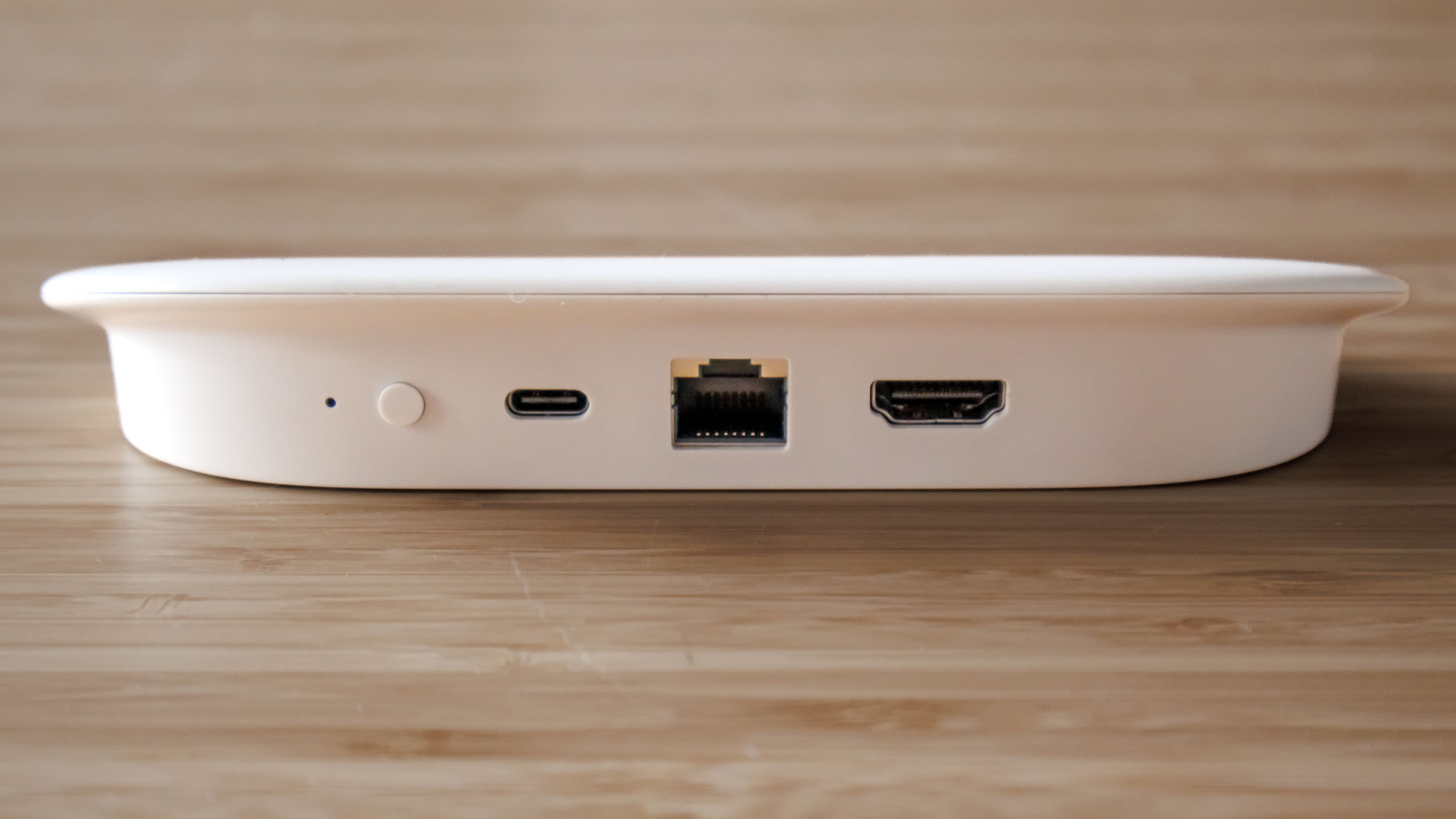
Their remote controls are quite similar. The big kicker on Google’s is that you don’t have nearly as many quick-access buttons to some of the best streaming services.
Roku, on the other hand, lets you instantly jump to Netflix, Disney Plus, Prime Video and Apple TV Plus.
They both feature hot keys that you can program to your liking, though, which is pretty useful.
One of the Google TV Streamer's major advantages is its built-in Ethernet port. It’s not just any Ethernet port, either — it also serves as a thread broad router. means you get a broader (and instantaneous) Matter compliance with smart home devices.
That’s a huge win for users who have their whole home wired up with Google's speech-enabled devices. By comparison, the Roku Streaming Stick Plus only has access to a camera app with minimal smart home integration.
Roku Streaming Stick Plus vs Google TV Streamer: Performance
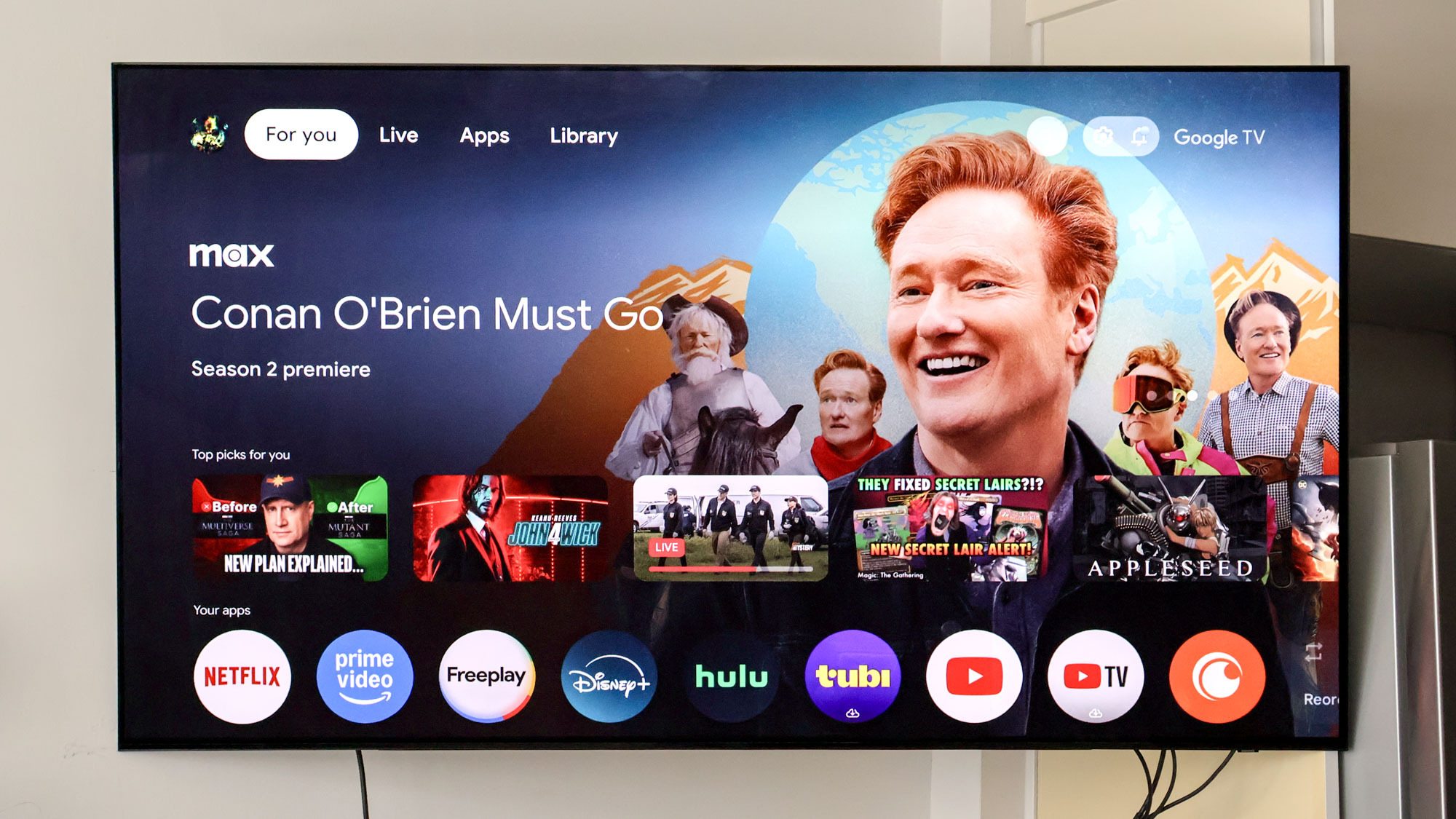
When it comes to streaming devices, performance is generally dependent upon the type of TV you’re running.
Both the Google TV Streamer and Roku Streaming Stick Plus support playback up to 4K and 60fps. That said, the Google model is leagues faster.
During navigation, the Roku Streaming Stick Plus sometimes pauses or skips, which simply doesn’t happen on the Google TV Streamer.
Search functionality is largely the same on both devices, but Google has Roku beat when it comes to content descriptions. Google’s Gemini works to summarize the show or movie’s plot, and critical reviews, giving you a broader understanding of what you might want to watch.

The Google TV Streamer also supports the most popular HDR format, Dolby Vision. The Roku model only supports the royalty-free version of Dolby Vision, HDR10+.
If you want to make the most out of Dolby Vision-mastered content across streaming platforms like Netflix and Apple TV+, Google's streamer will get you there. Dolby Vision content will still be in HDR on Roku's stick, but it the device won't be taking full advantage of Dolby Vision's benefits.
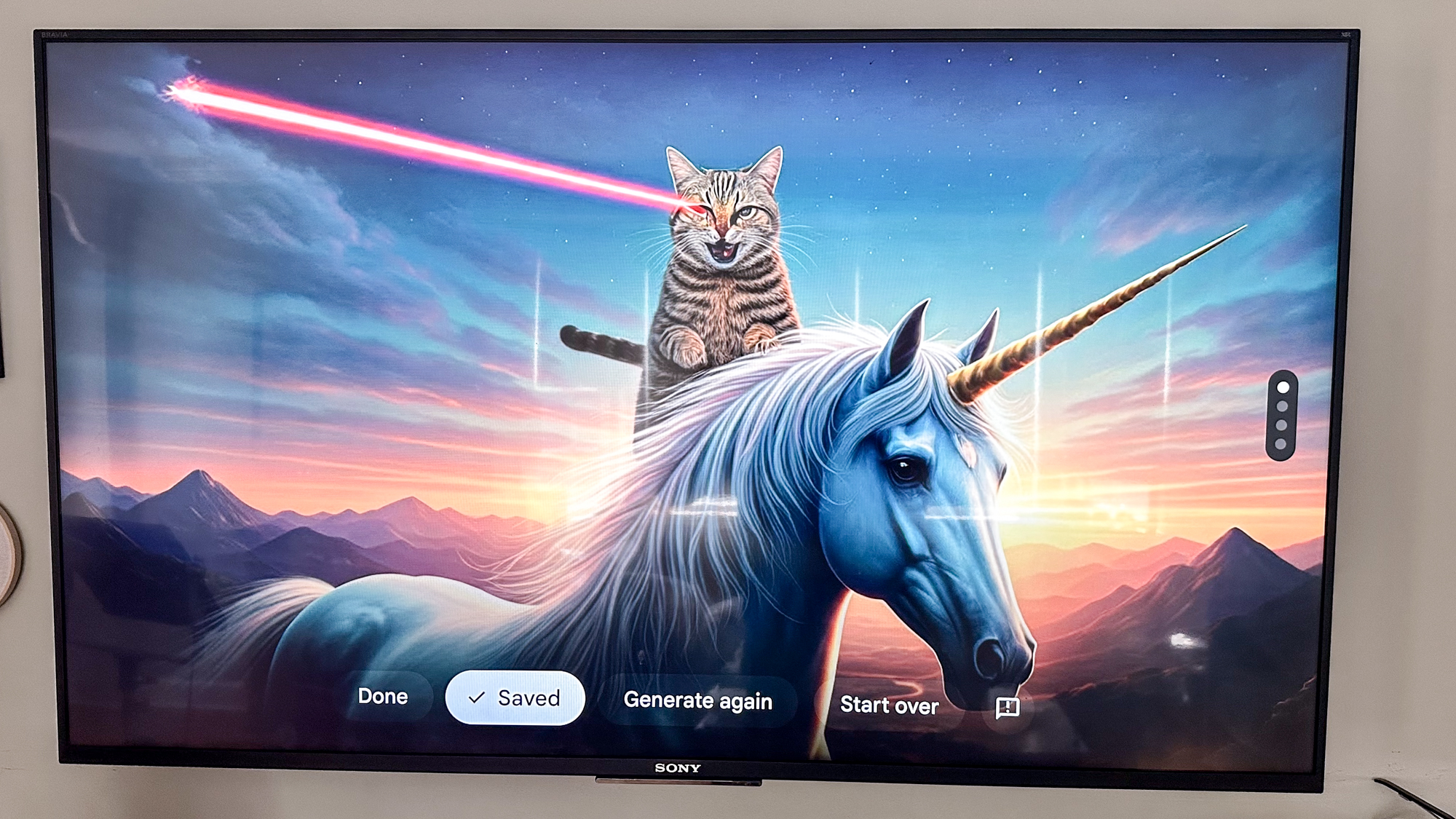
Plus, Google’s powerhouse of a streaming device comes with Dolby Atmos surround sound. That’s a bit overkill, as I doubt there’s a ton of users going out of their way to find a streaming box with ample surround sound support, but it’s an option if you want it.
Thanks to improved Gemini AI functionality, Google's also leading the way when it comes to screensavers. You can design your own screensavers using your own creative prompts, which are then brought to life right before your eyes. (You can see U.S. Editor-in-Chief Mike Prospero’s abomination of a screensaver above, if you need any evidence that the sky’s the limit.)
Meanwhile, Roku offers a Backdrops feature, but it‘s relegated to art and photographs as opposed to generative AI. This means you might run out of new and things to see, despite the fact that there are over 3,000 pieces to find in its store.
Roku Streaming Stick Plus vs Google TV Streamer: Outlook
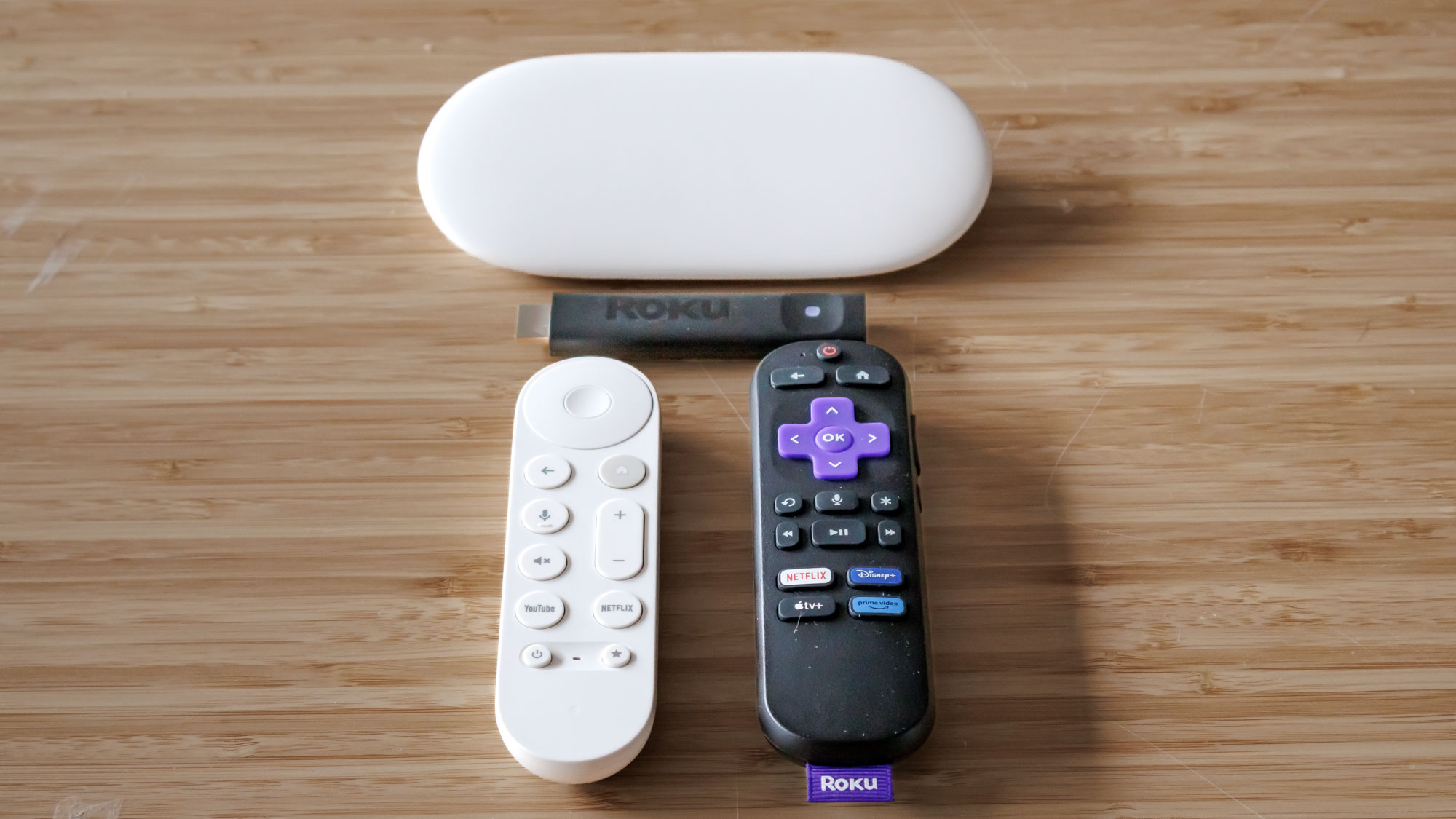
Ultimately, it’s tough to put a $40 stick up against a prominent streaming box that carries over twice the cost. Roku might be one of the most well-known brands with a famously simple user interface, but it still lags behind Google in terms of major features, namely Dolby support and compliance with some of the best smart home devices.
But with the Google TV Streamer, you're paying a pretty hefty premium. It rarely goes on sale, but it’s definitely worth it, particularly for those folks who are well-situated in the Google ecosystem.
The Google TV Streamer is the major winner here, but I'd be remiss if I didn't give the Roku Streaming Stick Plus some credit for its extreme portability and expert pricing.
If you don’t have a TV that supports Dolby Vision and want to save $60, go with Roku's model. If you want to cast the widest net for features, Google's TV Streamer is the way to go.
More from Tom's Guide
- How to set up and stream with your Google TV device
- Prime Video on Apple TV just is a whole lot better now — here's why
- I lose my TV remote all the time — and this tracker has come to my rescue

Ryan Epps is a Staff Writer under the TV/AV section at Tom's Guide focusing on TVs and projectors. When not researching PHOLEDs and writing about the next major innovation in the projector space, he's consuming random anime from the 90's, playing Dark Souls 3 again, or reading yet another Haruki Murakami novel.
You must confirm your public display name before commenting
Please logout and then login again, you will then be prompted to enter your display name.
